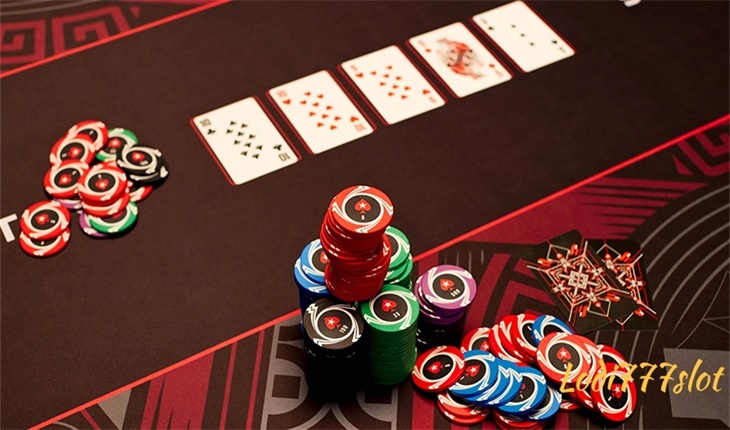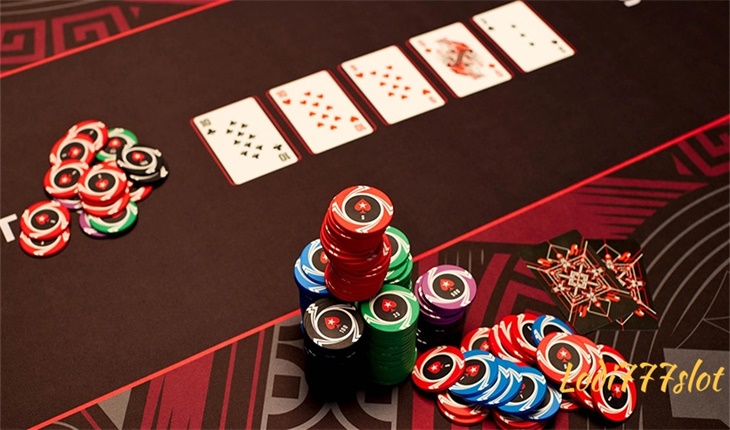In the glitzy world of casinos, where flashing lights and complimentary drinks abound, the house always maintains a solid mathematical edge, slowly siphoning money from its patrons. Over the years, mathematically savvy individuals have attempted to outsmart this system, leveraging their understanding of probability and game theory to exploit the inherent vulnerabilities in these establishments.
An interesting anecdote from 1986, when the American Physical Society convened in Las Vegas, tells of a local newspaper headline: “Physicists in Town, Lowest Casino Take Ever.” The story goes that these physicists knew the optimal strategy for beating casino games: simply don’t play.
While the pessimism surrounding the idea of consistently beating casinos at their own games is warranted, there’s a simple betting system rooted in probability that, in theory, can lead to long-term profits. However, there’s a significant caveat, as described below.
Let’s consider a simple betting scenario – wagering on red or black at the roulette table. The payout is even, meaning if you bet $1 and win, you receive $1, but if you lose, you lose your $1. For the sake of simplicity, let’s assume a true 50-50 chance of guessing the correct color, even though real roulette tables favor the house slightly due to the presence of green pockets. We’ll also imagine there’s no maximum bet limit.
Here’s the betting strategy: Start by betting $1 on either red or black. If you lose, double your bet and try again. Continue doubling your bets ($1, $2, $4, $8, $16, and so on) until you win. For example, if you lose the first two bets of $1 and $2 but win your third bet of $4, you’ve lost a total of $3 but recouped it with your win – plus an extra dollar of profit. If your first win occurs on your fourth bet, you’ve lost a total of $7 ($1 + $2 + $4) but gained a $1 profit by winning $8. This pattern ensures you always make a profit of $1 when you win. If $1 seems like a small haul, you can increase it by either repeating the strategy multiple times or starting with a higher initial stake. If you begin with $1,000 and double it to $2,000, and so on, you’ll eventually win $1,000.
You might object to this strategy, stating that it only makes money if you eventually call the correct color in roulette, rather than guaranteeing profits. However, the likelihood of your color hitting at some point in the long run is 100 percent. In other words, the probability of losing every bet approaches zero as the number of rounds increases, even when the house maintains a slight edge. As long as there’s a chance of winning, you will eventually win because the ball can’t land on the wrong color forever.
So, should we all empty our piggy banks and head to the casino? Unfortunately, no. This strategy, known as the martingale betting system, was popular in 18th-century Europe and still attracts bettors with its simplicity and the promise of wealth. However, it has a significant flaw. Gambling was among the vices of the notorious lothario Jacques Casanova de Seingalt, who wrote in his memoirs, “I still played on the martingale, but with such bad luck that I was soon left without a sequin.”
Here’s the flaw in the reasoning that promised profits: Say you have $7 in your pocket, and you’d like to turn it into $8. You can afford to lose the first three bets in a row of $1, $2, and $4. The probability of losing three consecutive bets is only one in eight, or 12.5 percent. Thus, one-eighth of the time, you lose all $7, and seven-eighths of the time, you gain $1. These outcomes cancel each other out: -1/8 x $7 + 7/8 x $1 = $0. This effect applies to any starting amount of capital: there’s a high probability of gaining a small amount of money and a low probability of losing all your money. Consequently, for many gamblers, the martingale system yields small profits, but occasional gamblers may face substantial losses. In a larger context, these forces balance out, such that if many players use the strategy, their numerous small wins and a few large losses will average out to zero.
But the problem doesn’t stop at $7. The idea is to keep playing until you win. If you lose three bets in a row, you go to the ATM and bet $8 on a fresh spin. The guaranteed profit relies on the willingness to keep betting more and the inevitability of winning with persistent play. Here’s the critical flaw, which is essential to understand: you have limited funds. The amount wagered grows exponentially with each round, and it doesn’t take long before you’re betting a significant portion of your capital to recover your losses. When you’re taking a small but non-zero chance of risking your livelihood for a meager dollar, it’s a poor strategy for wealth generation. Eventually, you’ll go bankrupt, and if this happens before your jackpot, you’re out of luck. The concept of finitude presents another problem. Although you’re guaranteed to win eventually, you could pass away before that “eventually” arrives. In the real world, practicalities interfere with the idealized fun.
In hindsight, it may seem evident that you can’t genuinely gain an edge in a casino game. Nevertheless, it’s surprising that we must resort to arguments about solvency and mortality to debunk the notion, highlighting the fact that the mathematical world mathematicians inhabit, where infinity is an abstract concept, sometimes permits the seemingly impossible.
For games with a winning chance of 50 percent or less, no finite betting strategy can secure an advantage. However, for more favorable games, there’s an optimal strategy. It involves betting a consistent fraction of your purse on every round, maximizing your wealth while managing risk. The Kelly criterion is a formula designed to strike a balance between these opposing forces, developed by scientist John Kelly, Jr. Based on the probability of winning, you can determine the optimal betting fraction. While the Kelly criterion is a robust strategy in practice, it also comes with its own risks. It assumes you know your probability of winning a bet, which doesn’t always hold true in financial markets. Furthermore, the strategy doesn’t account for personal risk aversion and can lead to substantial bets that some individuals are not comfortable making. Despite its caveats, the Kelly criterion proves to be a valuable tool for those with odds in their favor.
In summary, if you find yourself placing wagers with favorable odds, it’s best to abandon the martingale system and opt for the Kelly criterion as a more reliable betting strategy.


